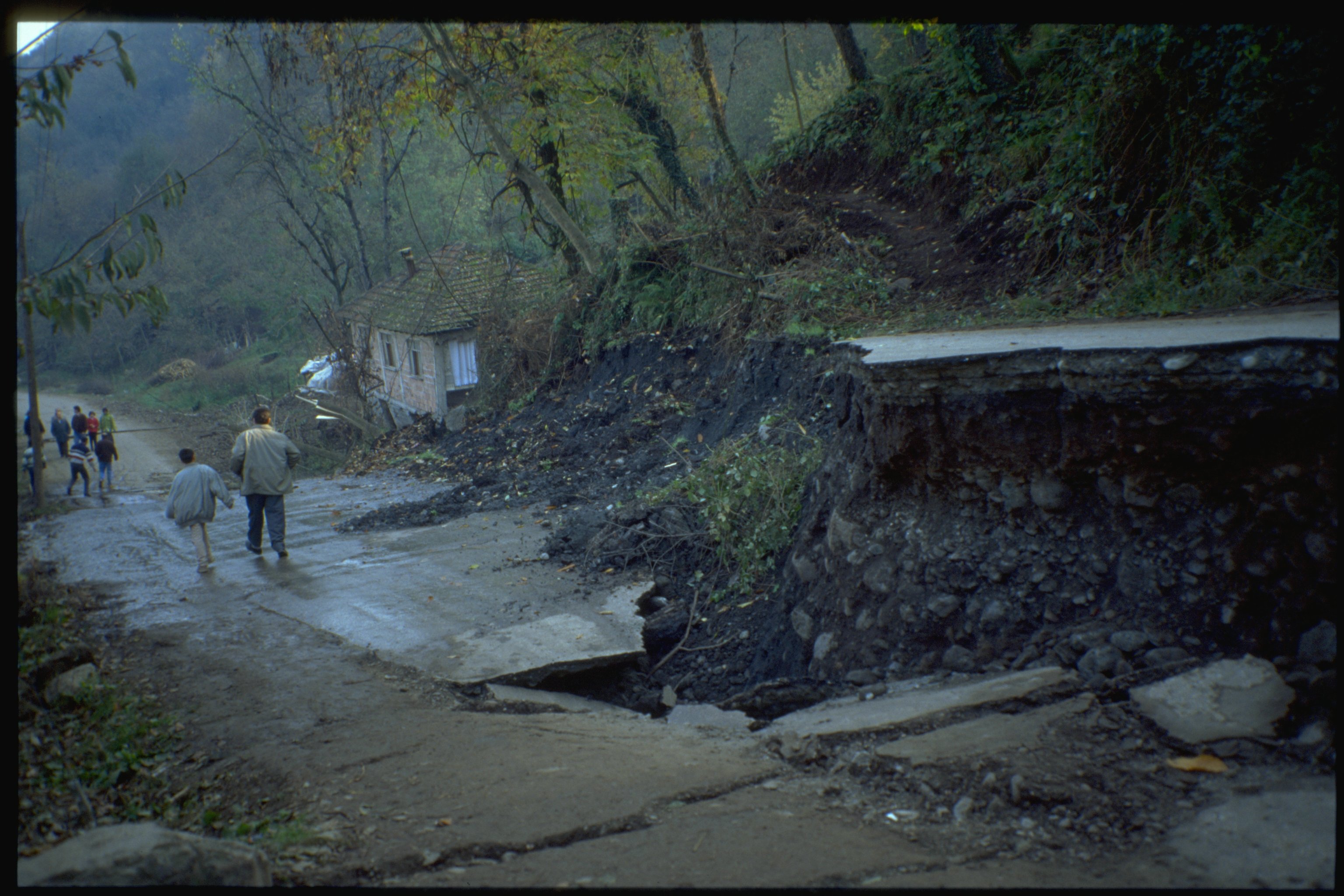All Categories
Featured
Table of Contents
What Is Geophysics? in Doubleview Aus 2020

The primary design for the radial structure of the interior of the Earth is the preliminary referral Earth design (PREM). Some parts of this model have been updated by recent findings in mineral physics (see post-perovskite) and supplemented by seismic tomography. The mantle is generally composed of silicates, and the limits in between layers of the mantle are consistent with stage transitions.

This makes plate tectonics possible. Schematic of Earth's magnetosphere. The solar wind Flows from left to. If a planet's magnetic field is strong enough, its interaction with the solar wind forms a magnetosphere. Early space probes drawn up the gross measurements of the Earth's electromagnetic field, which extends about 10 Earth radii towards the Sun.
Inside the magnetosphere, there are reasonably thick regions of solar wind particles called the Van Allen radiation belts. Geophysical measurements are generally at a particular time and location. Accurate measurements of position, in addition to earth deformation and gravity, are the province of geodesy. While geodesy and geophysics are separate fields, the two are so carefully connected that numerous clinical organizations such as the American Geophysical Union, the Canadian Geophysical Union and the International Union of Geodesy and Geophysics encompass both.
About Environmental Geophysics in Doubleview Aus 2021
, integrates astronomical coordinates and the local gravity vector to get geodetic collaborates. This technique only supplies the position in two coordinates and is more tough to use than GPS.
Gravity measurements became part of geodesy because they were needed to related measurements at the surface area of the Earth to the recommendation coordinate system.
Water level can likewise be determined by satellites utilizing radar altimetry, adding to a more accurate geoid. In 2002, NASA launched the Gravity Recovery and Environment Experiment (GRACE), wherein two twin satellites map variations in Earth's gravity field by making measurements of the range in between the two satellites utilizing GPS and a microwave varying system. , which are studied through geophysics and area physics.
Geophysical Survey - Durham University in Nedlands Western Australia 2021

Since geophysics is concerned with the shape of the Earth, and by extension the mapping of features around and in the planet, geophysical measurements include high accuracy GPS measurements. When the geophysical measurements have actually been processed and inverted, the analyzed outcomes are plotted utilizing GIS.
Many geophysics companies have created in-house geophysics programs that pre-date Arc, GIS and Geo, Soft in order to meet the visualization requirements of a geophysical dataset. Exploration geophysics is used geophysics that often uses remote picking up platforms such as; satellites, aircraft, ships, boats, rovers, drones, borehole picking up equipment, and seismic receivers.
For example, aeromagnetic data (aircraft gathered magnetic information) gathered utilizing traditional fixed-wing airplane platforms must be fixed for electro-magnetic eddy currents that are developed as the airplane moves through Earth's electromagnetic field. There are also corrections connected to changes in measured potential field strength as the Earth turns, as the Earth orbits the Sun, and as the moon orbits the Earth.
Geophysical Survey Services - Geophysical Test Methods in White Gum Valley Western Australia 2021
Signal processing involves the correction of time-series data for unwanted sound or mistakes introduced by the measurement platform, such as airplane vibrations in gravity information. It also includes the decrease of sources of sound, such as diurnal corrections in magnetic data., meteorology, and physics.
The magnetic compass existed in China back as far as the fourth century BC. It was not till good steel needles could be forged that compasses were used for navigation at sea; prior to that, they could not maintain their magnetism long enough to be useful.
By taking a look at which of eight toads had the ball, one might identify the instructions of the earthquake. It was 1571 years before the first style for a seismoscope was released in Europe, by Jean de la Hautefeuille. It was never constructed. One of the publications that marked the start of modern science was William Gilbert's (1600 ), a report of a series of careful experiments in magnetism.
Geophysics, Engineering Geophysics And Applied ... in Inglewood Oz 2021
In 1687 Isaac Newton released his, which not just laid the structures for classical mechanics and gravitation however likewise explained a range of geophysical phenomena such as the tides and the precession of the equinox. The very first seismometer, an instrument capable of keeping a continuous record of seismic activity, was built by James Forbes in 1844. Dietmar; Sdrolias, Maria; Gaina, Carmen; Roest, Walter R. (April 2008). "Age, spreading out rates, and spreading asymmetry of the world's ocean crust". Geochemistry, Geophysics, Geosystems. 9 (4 ): Q04006. Bibcode:2008 GGG ... 9. 4006M. doi:10. 1029/2007GC001743. S2CID 15960331. "Earth's Inconstant Magnetic Field". science@nasa. National Aeronautics and Area Administration. 29 December 2003. Recovered 13 November 2018.
Runcorn, S.K, (editor-in-chief), 1967, International dictionary of geophysics:. Pergamon, Oxford, 2 volumes, 1,728 pp., 730 fig Geophysics, 1970, Encyclopaedia Britannica, Vol. Introduction to seismology (Second ed.).
Latest Posts
Geophysicist Job Description in Guildford Aus 2023
Marine Geophysical Surveying - in Maddington Aus 2023
Geophysical Survey - Suffolk Heritage Explorer in Millendon WA 2023